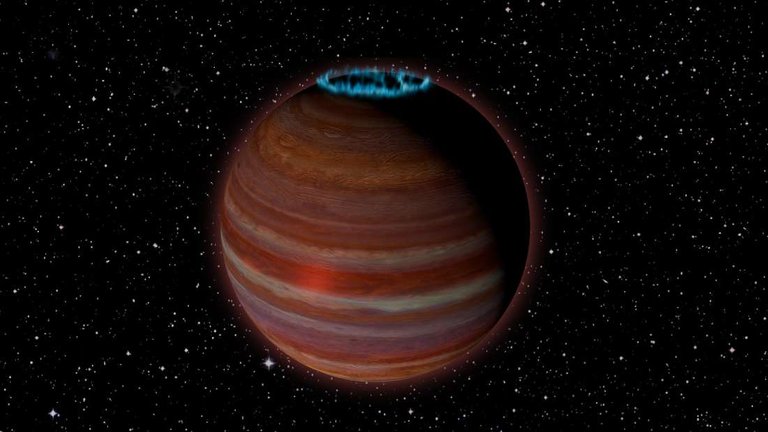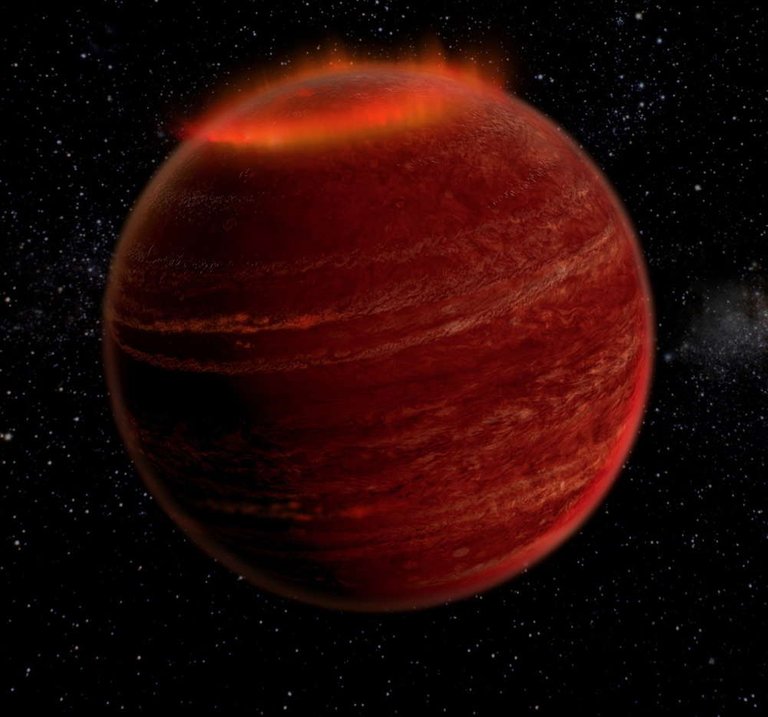
Rejoice, to An rebel planet need been distinguished pottering regarding 20 light-years from world. In spite of we’ve distinguished planets like this before, this will be the main chance that An planetary-mass item need been spotted Past our earth's planetary group utilizing a radio telescope, the exceptionally expansive show (VLA) clinched alongside new mexico.
In this point, i might listen you every last bit asking: the thing that the for hell's sake will be An rebel planet? alluded with utilizing all conduct of monikers, from wandering planet with vagrant planet, An rebel planet is essentially person without An star.
There would a range from claiming approaches these come to fruition. Starting with their first you quit offering on that one alternately multi-star planetary systems, these planets were dragged out by, say, another death star, alternately maybe they were launched out Likewise An protoplanet Throughout the system's early days about piecing itself together.
Despite some estimates spot the amount of rebel planets to our universe as helter skelter Similarly as 100,000 for each star, a 2017 goal that there’s Presumably around particular case for each four stars. A lot of people of them show up to be gas giants, Also A percentage are thus enormous that their impostor lingers between that of jupiter and the littlest stars.
Dissimilar to their stellar heater compatriots, these titans aren’t huge sufficient for a runaway atomic combination of their hydrogen What's more helium will occur. Likewise such, they remain almost-stars Furthermore would termed “brown dwarfs”.
The way that they would often at present contracting under their impostor clarifies the reason they provide for off their high temperature mark. For every the astrophysical Journal, this new rebel universe need a impostor that practically permits it on develop An OK add up for gas pressure, which mostly clarifies the reason its surface temperature is around 825°C (1,500°F).

LSR J1835+3259, another rogue planet and brown dwarf, whose aurora was the first ever seen outside the Solar System. Chuck Carter, Gree Hallinan/Caltech
SIMP J01365663+0933473, this rogue planet under the microscope, was first spotted using the VLA in 2016, along with four others. It was first thought to be both massive and ancient, but a separate research team re-checked the data in 2017 and found something remarkable.